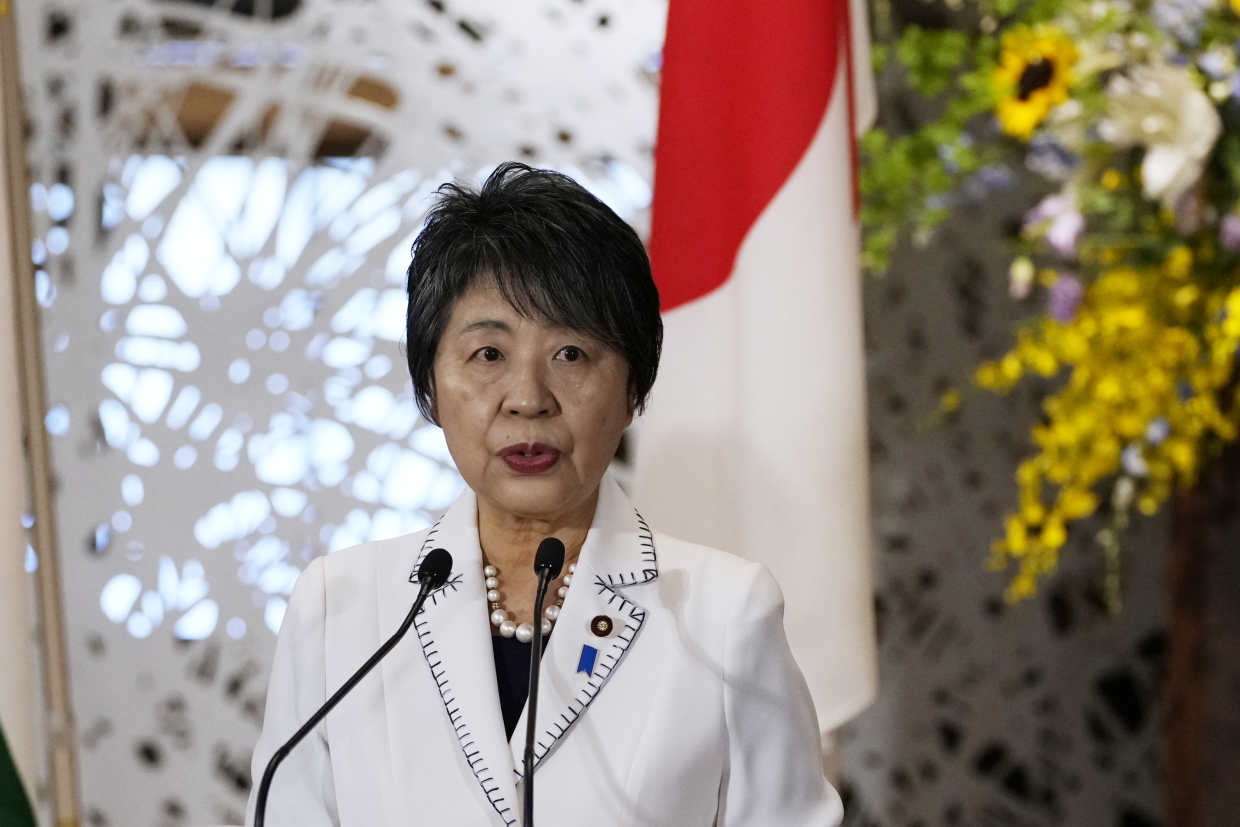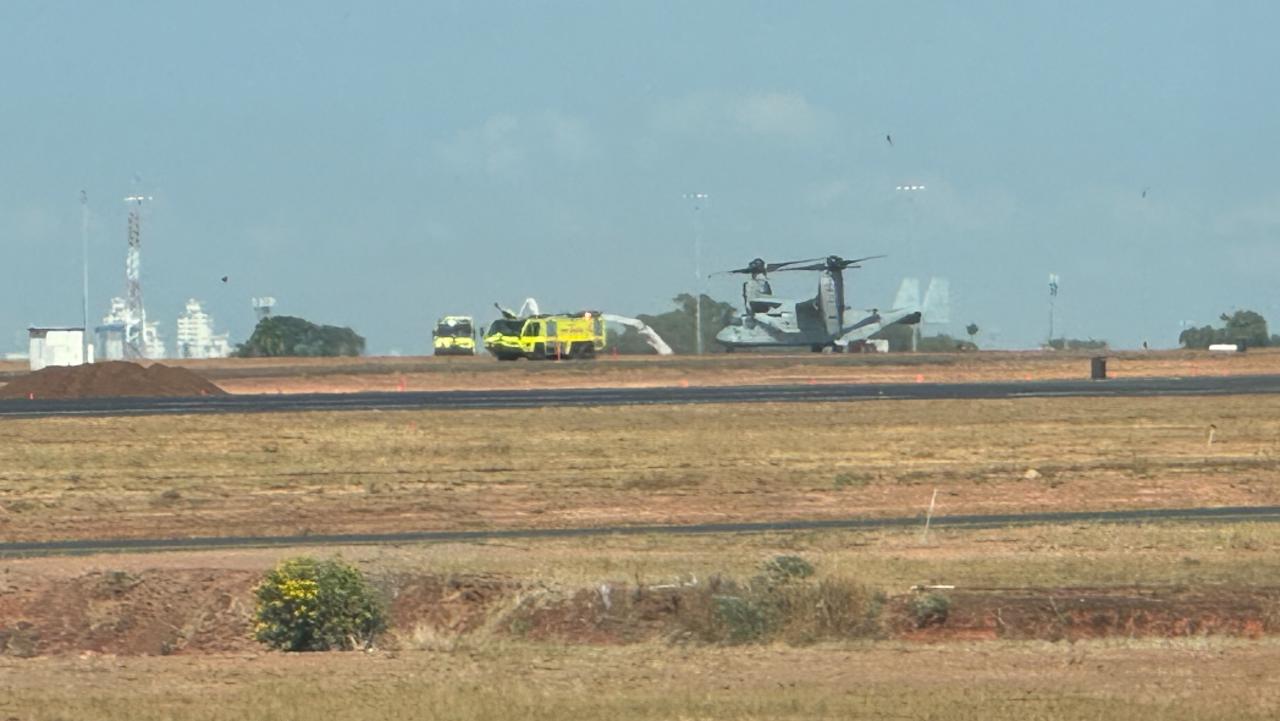
Deployments of Japanese F-35 fighter jets to northern Australia will be ramped up as part of a deepening of security ties between the two countries, while Anthony Albanese prepares to join Quad leaders for a summit in the US later this month.
Late last month, Tokyo lodged a diplomatic protest after a Chinese spy plane allegedly breached its airspace for the first time near the Danjo Islands in the East China Sea.
Shared concern by Australia and Japan over Chinese aggression prompted the signing of a landmark defence pact that came into force last year, making it easier for each country’s military to operate in the other nation.
At Thursday’s 2+2 talks, ministers are expected to expand the rotation of Japanese F-35 fighter jets for temporary basing in Australia, including joint exercises alongside US Marines in Darwin. Two Japanese jets were dispatched to Australia a year ago to test the viability of deployments.
In a strongly symbolic message, the talks will be held at Queenscliff, east of Geelong – home of the secretive Swan Island defence and spy training facility.



